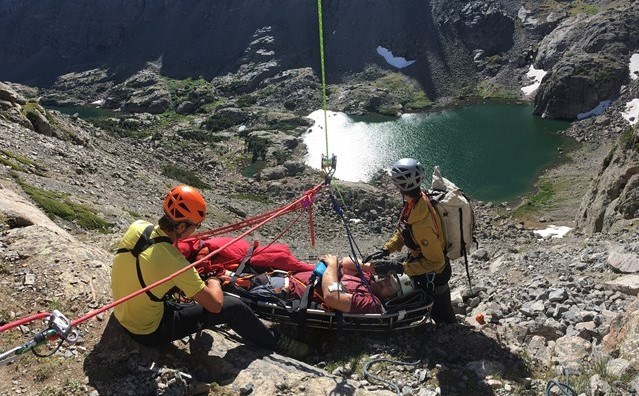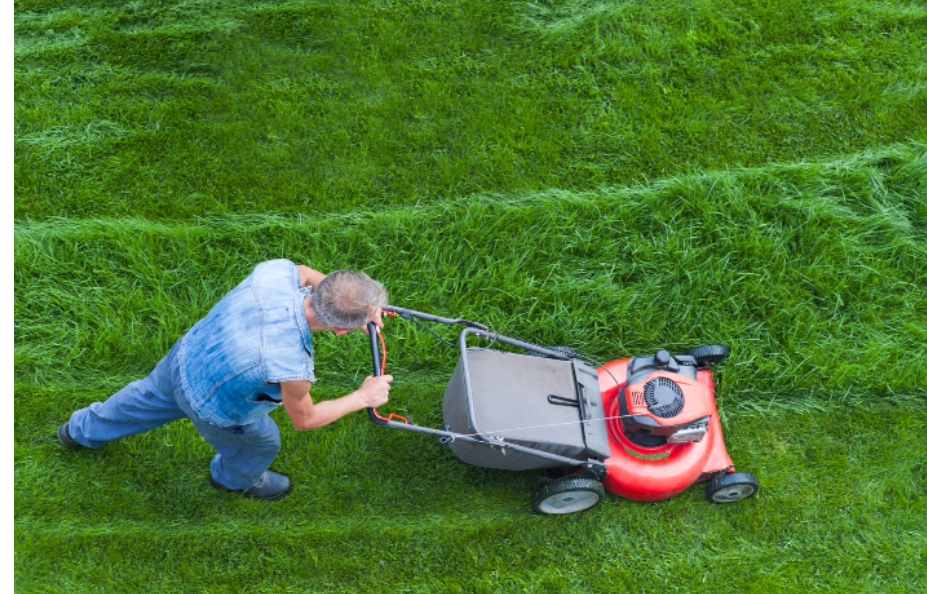Climbing is one of the most rewarding outdoor pursuits—but also one of the riskiest when weather conditions suddenly occur. Whether trekking up rocky ridges, navigating steep ascents, or tackling popular peaks like Scafell Pike, unpredictable weather can quickly transform a routine climb into a dangerous situation. Rain, fog, wind, snow, or sudden temperature drops can impact visibility, footing, decision-making, and safety. When preparing for unpredictable mountain conditions, especially during endurance events like the 3 Peaks Challenge UK, being equipped for sudden weather changes is essential to ensure both safety and success.
Staying safe in unpredictable weather isn’t about avoiding risk altogether—it’s about being prepared, staying informed, and knowing how to respond when conditions change. Here’s how to protect yourself and your group when the skies don’t cooperate.
1. Check The Forecast—Then Check It Again
Before any climb, always consult the latest weather reports. To obtain a comprehensive forecast for the area and altitude you’ll be climbing, consult a number of reliable sources. Remember that mountain weather can vary significantly even within a few miles, and conditions at the base can be dramatically different from those at the summit.
It’s also smart to check for any weather alerts or warnings. If there’s a strong risk of thunderstorms, high winds, or extreme cold, consider postponing your climb. Safety should always come before schedule.
2. Wear Proper Layered Clothing
In unpredictable conditions, layering is your best defense. To start, apply a base layer that wicks away perspiration. After adding an insulating layer for warmth, the outer shell should be waterproof and windproof. This system allows you to adjust your clothing easily as the weather changes.
Avoid cotton, as it holds moisture and increases the risk of hypothermia. Instead, opt for synthetic or wool materials that insulate even when wet.
3. Pack Essential Weather Gear
Your pack should always include items that can help you adapt to sudden weather shifts. These include:
- A high-quality waterproof jacket and trousers.
- Insulated gloves and a hat.
- Gaiters (for snow or wet terrain).
- Emergency bivvy or thermal blanket.
- Headlamp or flashlight with extra batteries.
- Waterproof backpack cover or dry bags.
- Extra food and water.
This gear can make the difference between a manageable challenge and a risky emergency.
4. Know When To Turn Back
One of the most important safety rules in climbing is knowing when to retreat. If weather conditions deteriorate beyond your preparedness—such as sudden lightning, thick fog, or heavy snow—don’t hesitate to turn back. Climbing Ben Nevis in unpredictable weather requires not only physical endurance but also a strong understanding of how to navigate safely through sudden shifts in wind, rain, and visibility.
Summiting is optional; returning safely is mandatory. Turning back is not a failure—it’s a sign of good judgment.
5. Understand The Terrain And Route
Before you leave, familiarize yourself with the route. If visibility drops due to fog or heavy rain, you’ll need to rely on your map-reading and navigation skills. Keep a physical map and compass with you at all times, and be familiar with their functions.
Even in areas with marked trails, landmarks can become hard to distinguish in poor weather. Never rely solely on electronics; download offline maps to your GPS device or phone as a backup.
6. Communicate Your Plan
Always let someone know your Climbing Scatefell Pike plan and estimated return time. If weather delays or misroutes occur, having someone aware of your intended route increases your chances of rescue if needed.
If climbing as part of a group, establish a check-in system. Stay within visual or verbal range of one another and regroup regularly.
7. Train For Adverse Conditions
Unpredictable weather shouldn’t surprise you. Train in various weather conditions to build confidence and experience. Practice walking in low visibility, dealing with slippery rocks, or ascending in light rain. The more exposure you have in controlled settings, the better prepared you’ll be when the weather turns mid-climb.
Final Thoughts
Climbing in unpredictable weather adds an extra layer of challenge and risk—but also teaches valuable lessons in resilience, preparedness, and decision-making. With the right gear, knowledge, and mindset, you can stay safe and make smart choices on the mountain, regardless of what the sky throws your way.





